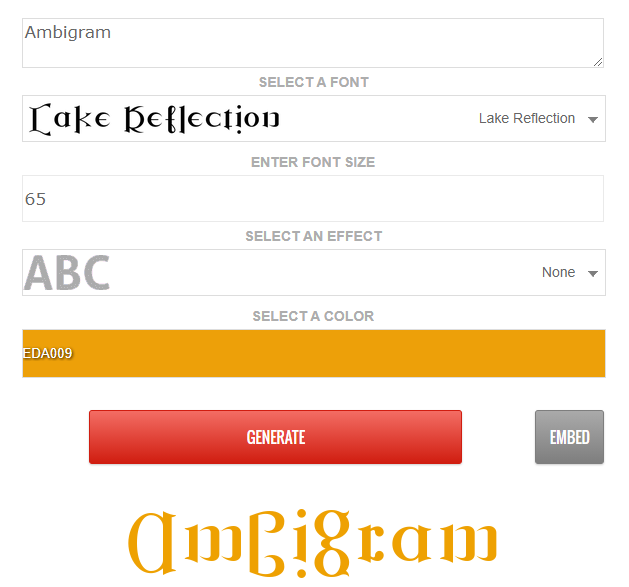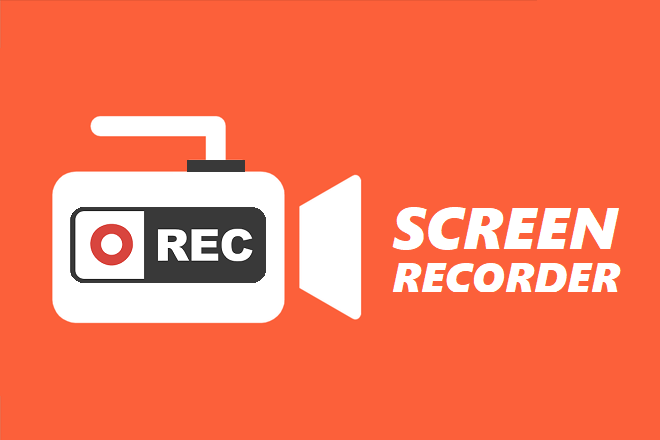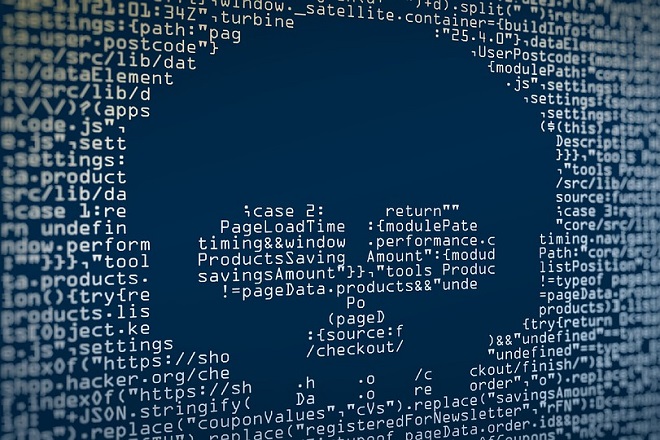Undoubtedly, the Internet of Things, also known as IoT is constantly evolving. That’s why developers are finding it difficult to know which tools are ideal for executing various types of tasks. Nowadays, the Internet of Things has integrated itself into our everyday lives. Do you know that a large majority of apps rely on the Internet of Things?
Moreover, the reality of smart devices has been made possible with the help of Internet of Things programming languages. The programming languages used in IoT (Internet of Things) are the same used for mobile and desktop applications.
Best Programming Languages for IoT Development
So what are the best programming languages for IoT development which every developer or programmer should know? Let’s find out!
Java
Java is a language which has deep applications in the realm of Internet of Things. Java is mainly used for the development of consoles and set-top boxes. It is also one of the first areas of non-desktop computing. There is no denying the popularity of Java in the realm of Internet of Things. With Java, developers can easily debug their code from the desktop.
You would be able to move the code to any processor with the help of Java virtual machine. So as you can see, codes based on Java not only work on servers and smart devices but also on smaller machines.
Java SE embedded allows this code to be transmitted to small machines. In other words, it provides more possibilities than Java ME. With the help of Java, the programmers can leverage the latest functionalities of Java 8 platform to send their code to minute embedded cards. It is worth mentioning here that a large variety of open-source projects are functioning on Java.
Python
There is no denying the popularity of Python in various types of development frameworks and environment. In the realm of Internet of Things, Python has emerged as one of the most important programming languages. It is also leading the general classification of programming languages since 2018.
For small computing devices with memory and power, developers are always free to select the language which makes their lives simpler. In simple words, Python is evolving as a primary choice for Internet of Things programmers. Another key highlight of Python is that it’s pretty simple to learn and understand.
Furthermore, Python has a large community which makes it a practical option for Internet of Things development. The syntax of Python is simple and clear which attracts a large majority of developers. Based on the views of Python experts, Python is the ideal language for popular microcontrollers in the market.
C Language
Despite various shortcomings, C Language is still the top choice for a large number of programmers. If you are someone with immense hardware experience, you will be able to use C language easily. This programming language makes it possible to execute a large number of tests related to Internet of Things.
It can modify a particular part of the code to help you obtain the best possible performance in the environment of Internet of Things. Each bit of the code related to C language can be reversed. Moreover, each value in the stack is easily available. But as a developer, you cannot make too many errors. A large number of devices compliant with Internet of Things can run C seamlessly.
Swift
Swift is gaining steady prominence in the realm of Internet of Things. Do you know that Swift is becoming more popular when compared to Objective C? In the development of Android and iOS apps, Swift has been the go-to programming language for a large number of developers.
So there is no wonder why Swift is the most preferred language for programming in the Internet of Things environment. Swift is one of the major languages present in the Internet of Things stack.
To interconnect an object with Apple devices, the app will comprise Swift codes. Interestingly, Apple intends to make its iOS devices the center of connected and smart homes in the future. Do you know that HomeKit from Apple uses Swift in the Internet of Things environment? In simple words, Swift has the potential to become the next big programming language in the realm of Internet of Things.
PHP
Do you know that PHP is one of the most popular programming languages over the web in the last few years? PHP is also known as a reliable server language for managing various types of microservices.
Even with inexperienced developers, PHP is a popular programming language. What’s more, PHP can be deployed on MySQL and Apache to help you get the desired results. So there is no wonder why PHP will gain huge prominence in the realm of Internet of Things.
PHP is very simple for the newcomers and has many advanced features which can help the professional programmers creating dynamic websites. PHP training online course is designed to train the professionals in such a way that they get accustomed to the new age web applications.
PHP Training can help you in these sectors
PHP is the most widely used scripting language which helps in various types of web developments, and the script language can be utilized in the HTML also. PHP can be used in various types of operating systems. PHP is known to be used widely with the Windows OS, Linux and the Mac OS and others. With the help of the PHP Training Course people gets accustomed to the dynamic web page designing. These are the three sectors were the PHP Training Course is focused.
PHP is used for the Server-side scripting. For this purpose, we require three main things. Those things are a web browser, a web server and a PHP parser. For running the web server, you require a PHP installation. The output of a PHP program can be accessed with a web browser, and the page can be viewed through the server. PHP is used for the command line scripting purposes for this purpose there is no requirement to use the web browser or web server.
Though PHP is not meant for creating the desktop applications, it can also be used to design the desktop application using the advanced features. Generally, in the PHP training classes, these fields are covered at once. Students are made accustomed to the access modifiers and the numerous types of declarations that are used in the PHP.
The courses also include the OOPs section. It is very much necessary for the professionals to have knowledge on the OOPs. So the training course covers these parts also. This course can also give you some idea about the exceptions and the objects. The inheritance part, knowledge regarding the overriding and the modifiers are given to the learners. While you are using PHP, you also need to master the Ajax and the JQuery. In this course, the focus is also given in these aspects to make the learner accustomed with these applications.
This course is designed specially to cater the purpose of the Web developers and the webmasters. They can also enroll for the PHP certification courses. With the use of the PHP knowledge, people can develop dynamic websites and advanced web development applications. PHP is not a course meant for the amateurs. For learning the PHP, knowledge regarding the OOP is very much necessary. With the help of the PHP, web developers can create secured web pages which need a username and password. This enables the user to access the content of the web page.
JavaScript
JavaScript is one of the most important programming languages as it owns all the websites and programs we use to interact with the worldwide web. On the other hand, JavaScript is not usually considered as a traditional programming language. It is also referred to as a scripting programming language for all HTM programs along with browsers and web applications.
Note that the language libraries of Internet of Things can be easily shared; it is very much its own master. JavaScript is a popular Internet of Things programming language as it can facilitate interoperability.
Nowadays, developers mainly leverage the offshoot of JavaScript- Node.js. This programming language is an excellent choice for gathering and sending data from the Internet of Things sensors to the hubs.
As a developer, being fluent with JavaScript will provide you with an edge in Internet of Things development. There is no need for you to learn a new programming language while developing applications associated with the Internet of Things.
C++
So what is the main difference between C and C++? The primary difference between both these Internet of Things programming languages is the processing power. This is one of the major reasons why C++ enjoys a clear edge over the C language.
But note that C++ is a complex language and new developers can commit serious mistakes. C++ is one of the mainstay programming languages in the realm of Linux development. However, it is also a worthy component and programming language for Internet of Things.
With the help of Internet of Things, you will be able to operate and track any device from anywhere in the world. For instance, you can turn off your smart lights in home from a remote location.






